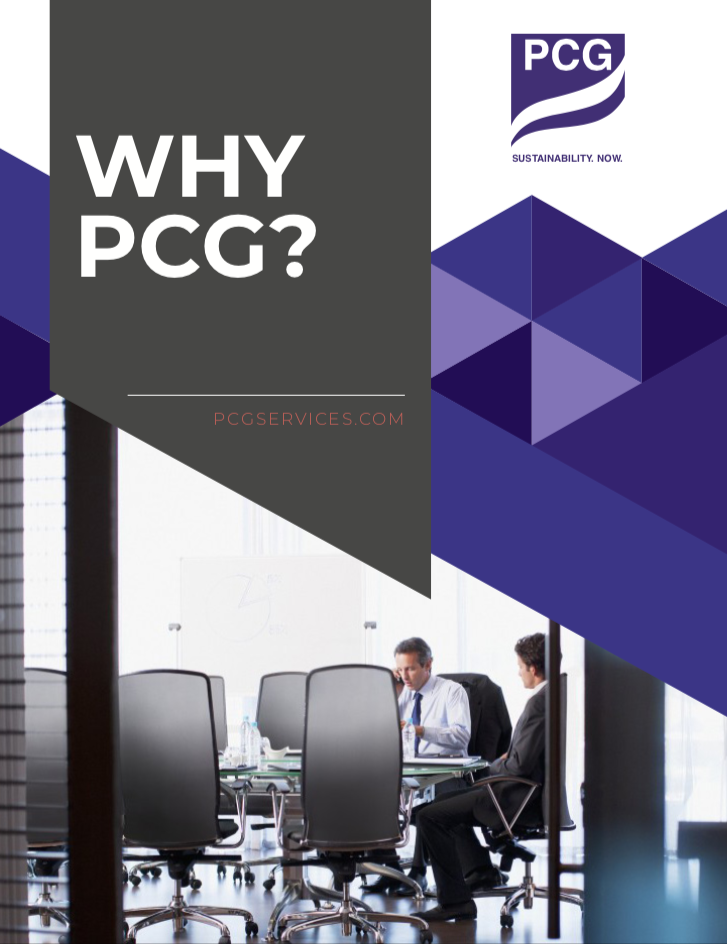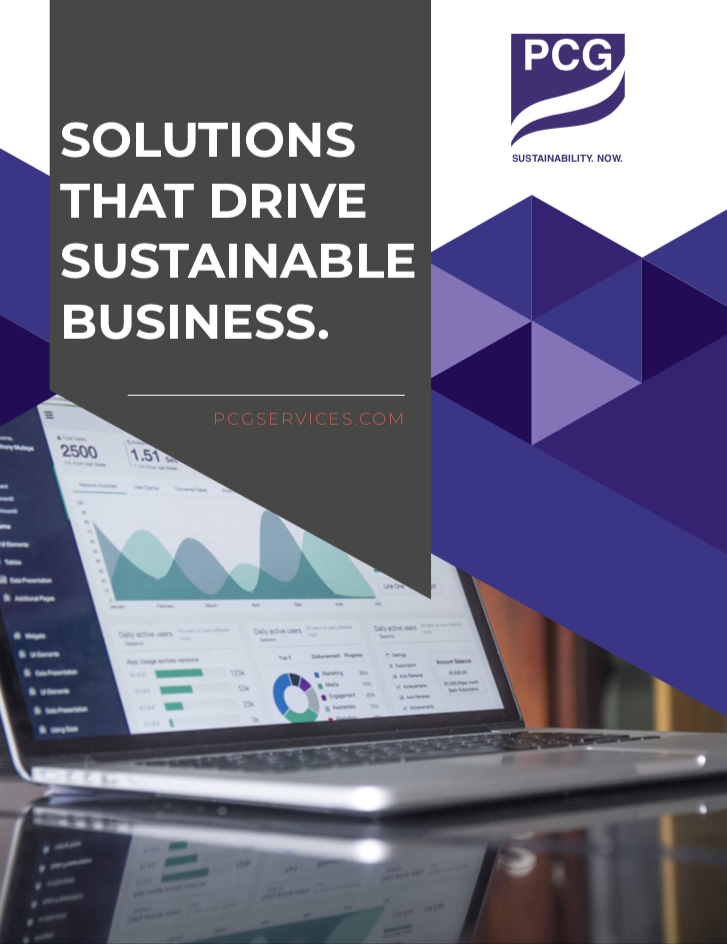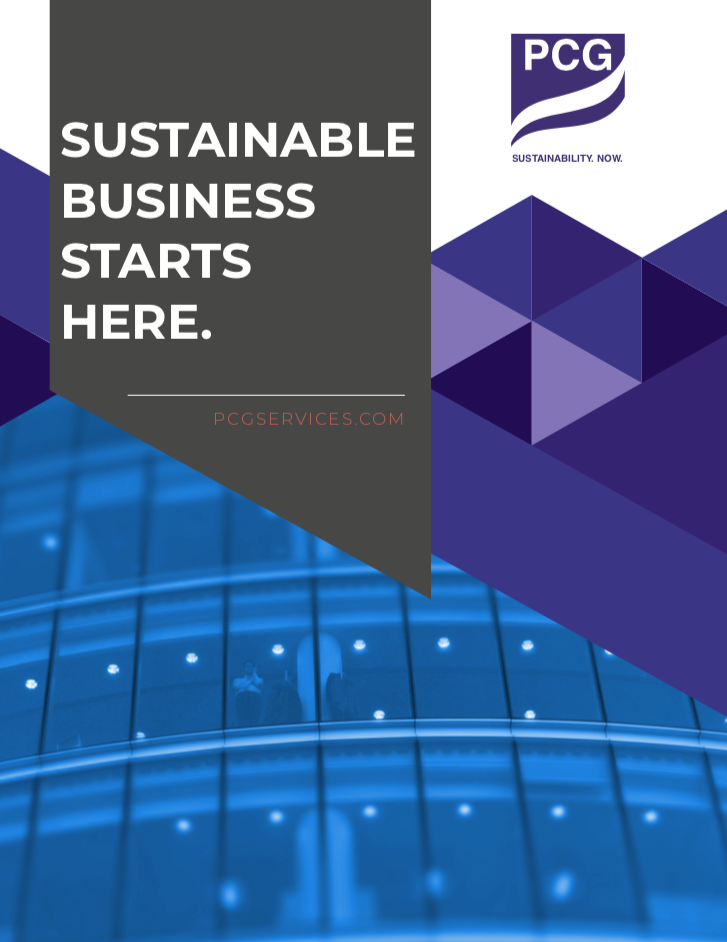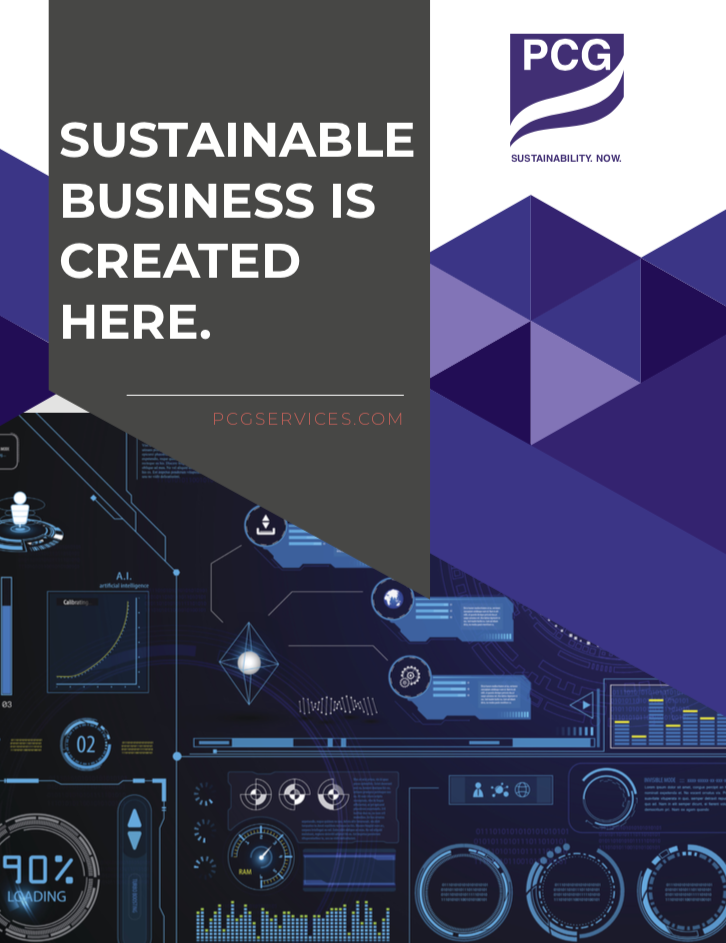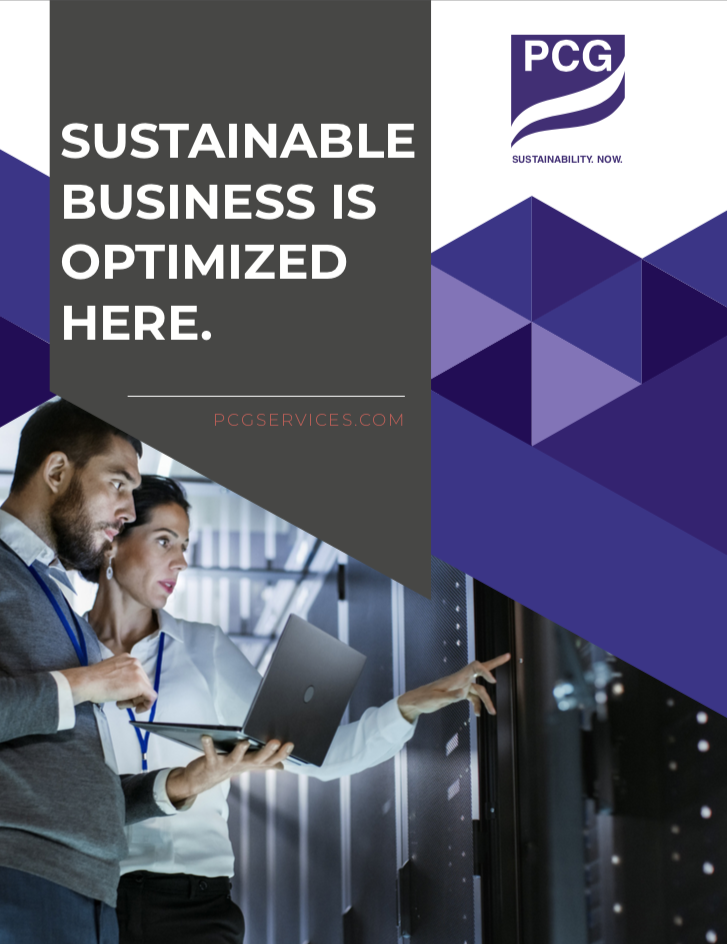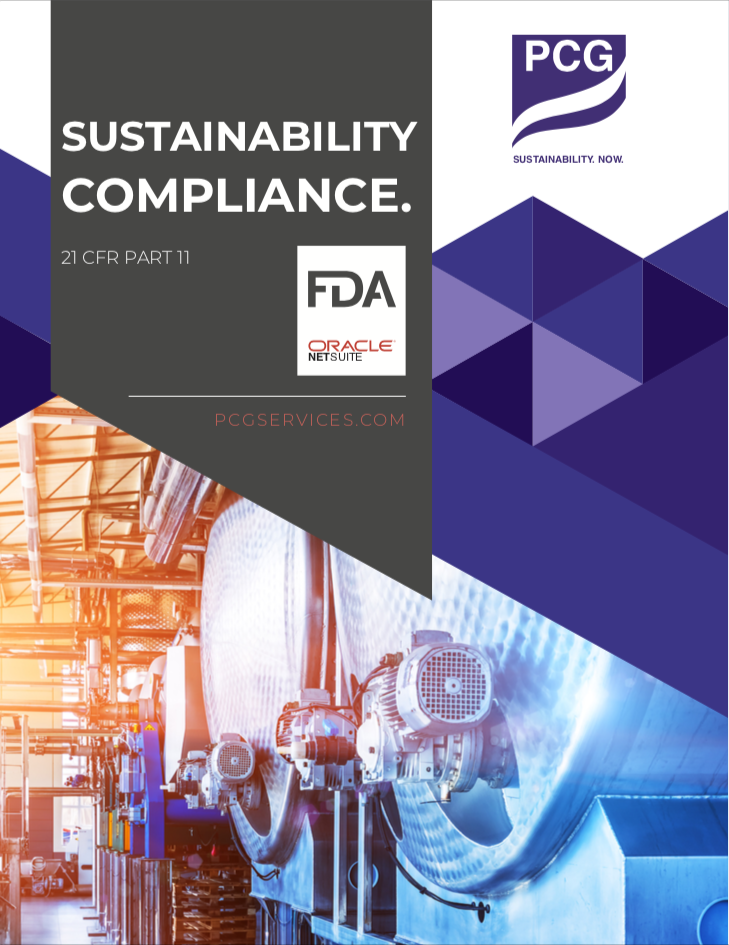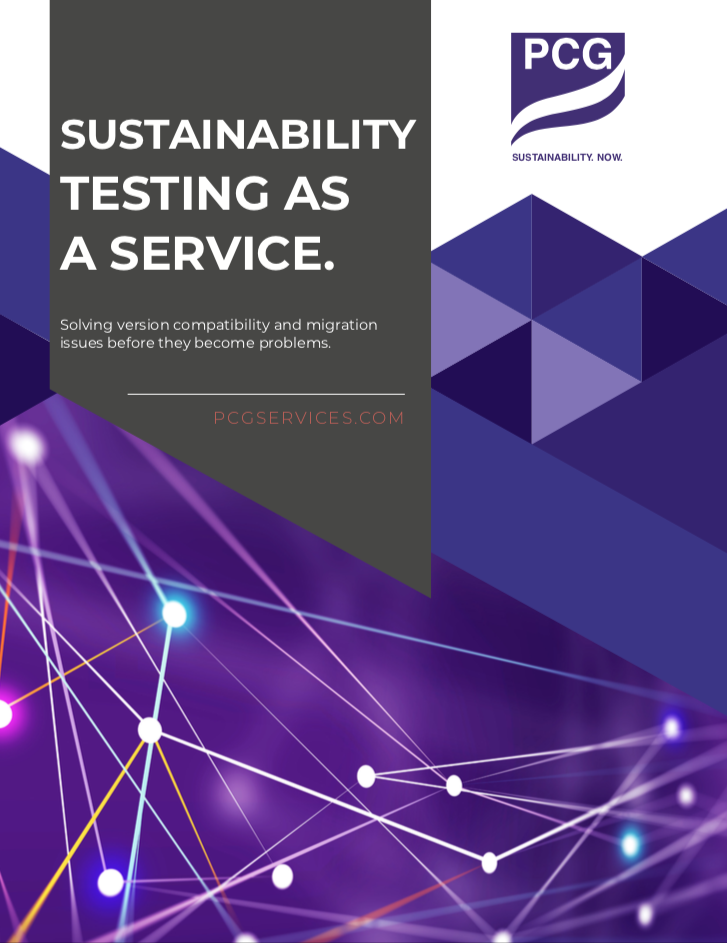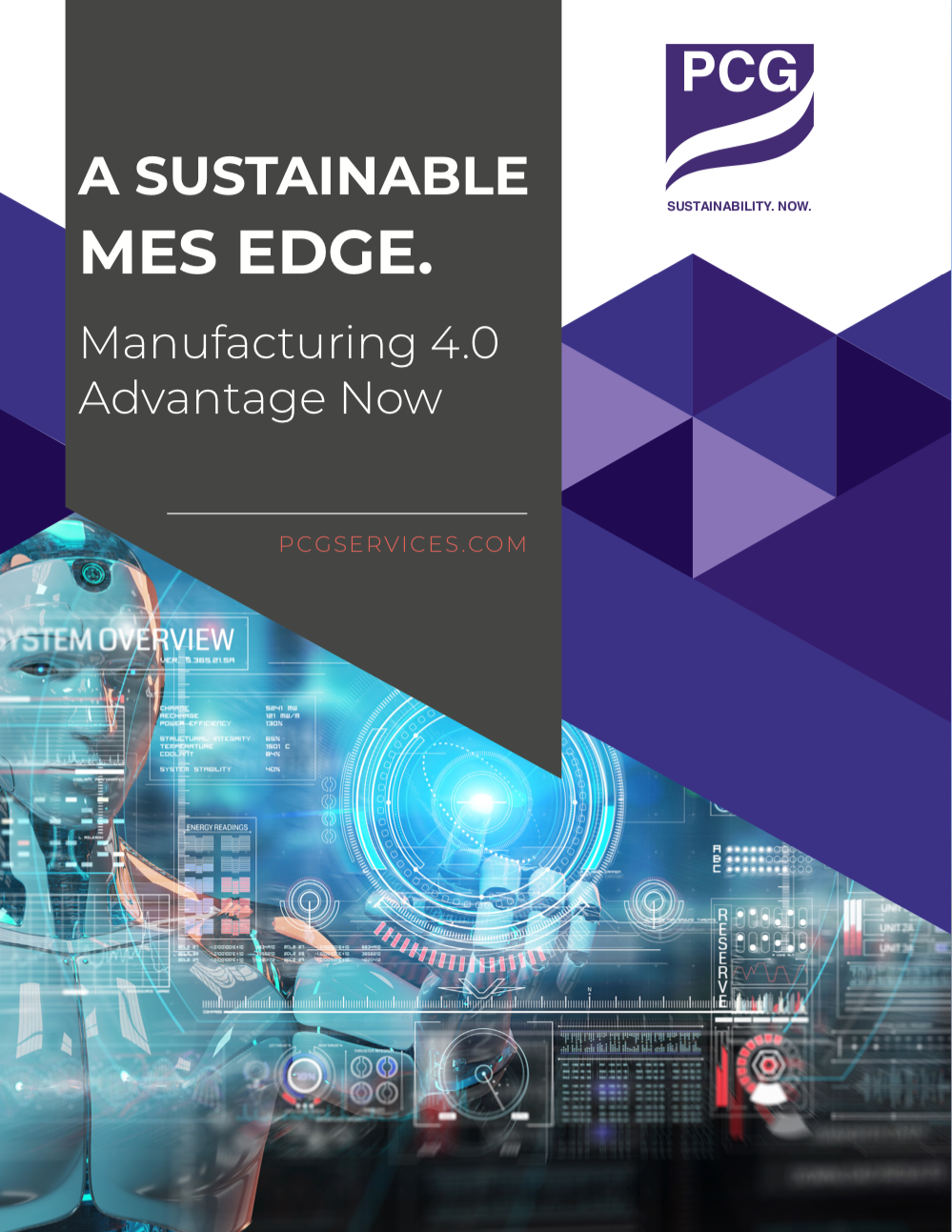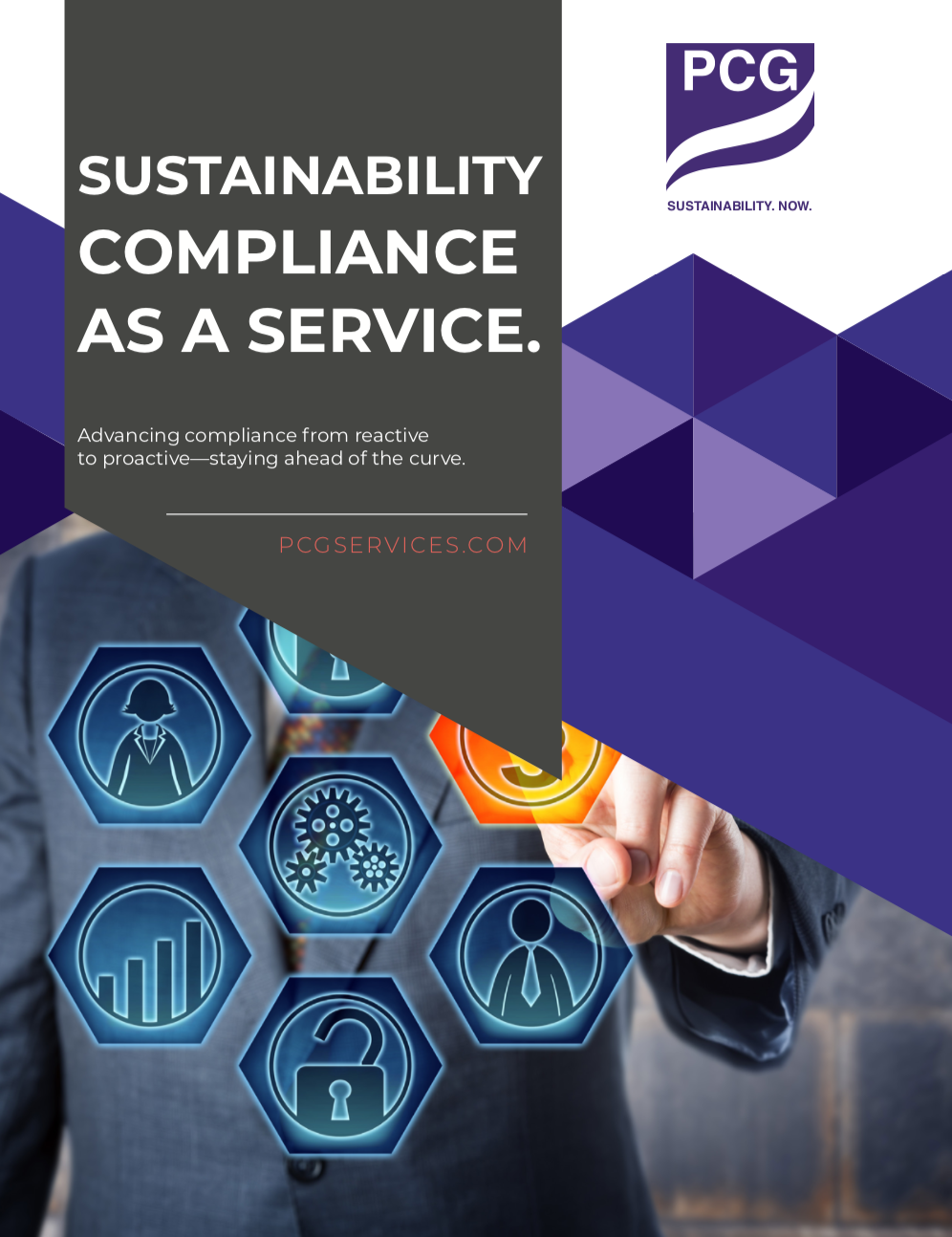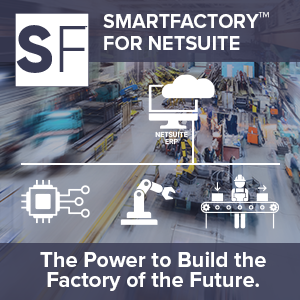PCG Blog
A Better, Flexible and More Profitable Automotive Business.
Author: Dennis Guilbault, Automotive Solution Architect @ PCG
Background
Automakers and suppliers peering into the future might need special insight to avoid costly mistakes. So extreme are the transformations, that relying on past assumptions, models and technology will lead into a proverbial “cul-de-sac” for which there is no exit.
Upcoming changes appear to be larger than the leap from buggies to the first motorized carriages—given the advent of electric and autonomous vehicles, ride-sharing and a redefinition of “ownership.” The automotive landscape will soon be unrecognizable.
Automotive leaders are retooling their businesses as fast as change is coming, often seeking to keep ahead of the change. Environmental and social factors, new technologies, changes in buyer behavior and now supply disruptions are forcing the entire automotive industry to evaluate its past, calculate the future and bridge the gap between the two.
In many respects, as the industry evaluates how future moves, automotive companies are uncertain how to best navigate the change without accelerating risk. For example:
- Electric vehicles (EV) have up to 90% fewer drivetrain components than gasoline-powered vehicles.
- According to CALSTART, 70% of an EVs component parts may be different from a gasoline-powered vehicle.
- It is estimated that EVs require substantially fewer maintenance intervals, perhaps up to 65% less.
- EVs take approximately 3.7 hours to manufacture as compared to approximately 6.2 for a typical gas vehicle.
More recently the automotive industry has experienced dramatic shortages in critical components used in the manufacture and use of today’s vehicles, from automobiles to heavy trucks. This situation has forced automotive companies to re-evaluate their supply chain reliability, exposing how fragile supply chains really are as compared to how they were thought to be.
Each of these realities alone is a significant inflection and point of risk to a business. Together they compound the risk and complexity to the traditional automotive industry.
How these disruptions will change the automotive industry are hard to predict as it is still taking shape. The “train of change” has left the station and there is no turning back. The automotive business of today must look and operate very different in the near-term future, or risk not being in business at all.
What’s an automotive business to consider?
Anticipated Effects of Change for Automotive
As these changes take hold there are direct impacts at least nine automotive industry and business areas. They are:
Product Lifecycles: Long-term product lifecycles, which have steadily been getting shorter, will be replaced with short-term “nanocycles” based on market, customer, technology and design capabilities. Successful automotive companies will be able to quickly and flexibly adapt to change in very short order, in months, perhaps in week, instead of years.
-
- Production Planning: As consumer taste and choice change, so does production planning and manufacturing. Whereas in the distant past many vehicles were produced, in search of a market, going forward the market will determine what is produced, in what quantity, to what specification and in what time period. Companies that can “sense and respond” to market change, adapting production plans fast, will emerge as leaders.
- Materials: Environmental regulatory change, coupled with advances in chemistry and metallurgy, are changing the type of materials in todays and tomorrow’s vehicles. These new materials exert pressure in sourcing and producing components, often adding time and cost into the planning, supply chain and manufacturing process. Additional material costs to a business, around new materials such as batteries, bring a new layer of challenge to automotive companies through how to handle and pay for re-acquisition, recycling or disposition of materials. Being prepared to deal with new materials across the entire product lifecycle is a daunting task and a direct impact on competitiveness and profitability.
- Supply Chain: On the one hand supply chains will decrease as component count decreases. On the other hand, supply chain partners will increase as “sole source” risks need to be mitigated to ensure adequate supply. Or, new supply chain partners will be added due to component technology, materials requirements, environmental concerns or geopolitical concerns.
- Manufacturing: Monolithic “mega-factories” may give way to “micro-factories” (factories within factories) which are able to quickly adapt to changes in product, demand, new technology and materials handling, production and quality requirements. Due to component count reductions factories will undergo significant simplification in design and process steps. Every area of manufacturing will be impacted, requiring even greater automation, infinitely flexible factory floors that retool fast and accurately, tighter inventory management, supply chain transparency and improved quality outcomes.
- Technology: It is a well-documented fact that human resources are unable to keep pace with technology advances. Shrinking component counts, the need for greater manufacturing flexibility and higher quality requirements will drive even greater adoption of Manufacturing Execution Systems (MES), Robotics, Artificial Intelligence (AI), Predictive Analytics (PA), cross-functional integration of process and information, Product Lifecycle Management (PLM), Product Data Management (PDM), supplier and vendor management and Customer Relationship Management (CRM) technologies. And this is only the start. Automotive businesses who are reluctant or lagging behind their peers in end-to-end technology adoption will find themselves with “no seat at the table” with regard to new opportunity.
- Inventory: Remember when Just-in-Time (JIT) was the standard? The future shortens inventory sourcing, logistics and transportation, warehousing, staging and consumption requirements to be even quicker and more flexible. Due to the requirements of new innovation and manufacturing inventory management may bounce back into a shared risk model, in a vertically integrated environment to maximize production performance and keep profits in line.
- Freight: Automotive manufacturers and suppliers will be moving fewer components, thereby saving money. On the other hand, as product, production and manufacturing requirements change, so will the type and timing of freight change. Add inflation in fuel and transportation costs, and it is easy to see that freight and logistics management will play an even greater role in determining viability and profitability.
- Labor: The future of the automotive workforce looks very different than the past. Labor skills will be forced to change from “hands on” manual work to oversight of machines, robotics and automated processes. Retraining of skills, continuous skill improvement, monitoring and management of labor will look very different in a highly automated, “near dark” factories of the future. Automotive companies that aren’t prepared for this eventuality will see their margins squeezed and competitiveness diminished.
What is the Answer?
Each of the impact areas points to a requirement that automotive businesses quickly and comprehensively become “Industry 4.0” enabled. That is, having leading edge technologies implemented across the entire business. Doing so brings new levels of:
-
- Manufacturing flexibility and responsiveness
- A transparent, adaptable and reliable supply chain
- Unparalleled “sense and respond” capability to shape the business to marketplace, customer or regulatory requirement
- Greater visibility into every area of the business for clarity in process improvement and cost management
- Better inventory planning and lower carrying cost
- Lower MRO costs and greater uptime
- Decreased labor costs and higher utilization and productivity
- Restoration or growth in profit margins
Industry 4.0 Enables Automotive Sustainability
Automotive stakeholders demand business sustainability, beyond environmental and social and governance (ESG) sustainability, defined as greater opportunity, higher capital performance, revenue growth and predictable business results.
This is especially true now as the automotive industry undergoes sea-change as described above. Critical to survival through the change is the consideration and adoption of Industry 4.0 technologies which solidify or restore businesses sustainability. In short, Industry 4.0 makes better automotive businesses through:
-
- Better Capital Performance: Investments bring a greater return on capital. It’s that simple. Capital investment decisions are based on accurate and trusted information, with balanced insight on opportunity and sustainability goals leading to better and faster decisions without the guesswork .
- Better Opportunity: Markets and customers reward businesses that lead in their ability to meet customer requirements, demand and cost expectations. Customers choose to do business with businesses that share their same objectives in serving their markets and customers with the best products, delivered at the right time and right price.
- Better Products: Industry 4.0 enablement allows a tighter coupling between market and consumer desires and product design and manufacturing. Product design, supply chain conformance, production planning and manufacturing are able to “sense and respond” to needs faster and in a more profitable manner. The end result is delighting the marketplace while leading the industry with higher-than-average returns.
- Better Operations: It has been said that revenue and profitability can cover a multitude of error and waste. As margins continue to be squeezed and industry transformation increases temporary cost it is important to double down on operational excellence in all areas of the business, especially on the manufacturing shop floor. Industry 4.0 solutions quickly and accurately assemble critical information, reporting to those that make the decisions for faster identification, prioritization and improving key process areas.
- Better Security: Industry 4.0 significantly increases the ability to secure business processes, information, systems and people by ensuring that all technology is up-to-date, operating properly and significantly reducing breach by external sources. If the business is going to operate at its best and if unique, proprietary engineering and design lead to product innovation and process optimization it is critical to keep “your business your business.”
- Better Compliance: Regulatory and environmental regulations continue to evolve. Governments demand compliance with regulations while consumers seek out companies that design, build and deliver products that are environmentally sustainable. With Industry 4.0 as an automotive platform a business is able to quickly adopt and adapt to changing regulations, monitor compliance and governance, and easily report compliance levels in an open and transparent manner that builds consumer confidence.
- Better Reputation: Stakeholders want reputational growth. Employees, vendors, suppliers and customers choose to do business with companies that they know are doing the right thing in an end-to-end, transparent, high-integrity and reported manner. Fully integrating Industry 4.0 technologies enables businesses to attracts and retain the best talent, finding and qualifying best suppliers, promoting and reporting environmental sustainability, while growing markets and revenue.
- Better Profitability: If business sustainability initiatives negatively impact profitability, what’s the point. Right? McKinsey reports the businesses focused on business sustainability initiatives outperformed their peers with higher return on assets (34%) and higher return on equity (16%).
Where is an Automotive Business to Start?
The fourth Industrial Revolution is transforming the automotive industry. As an automotive business, though, it is important to start your Industry 4.0 transformation journey with the right steps.
The five primary starting to consider are:
-
- Connectivity, data and computational power: Deploying sensors, Industrial Internet of Things (IIoT), enterprise cloud technology and blockchains.
- Comprehensive “sense and respond”: Linking inputs across markets, customers, suppliers, engineering, product development, production planning, inventory management, logistics and shipping, and every other area of the business together. Creating a new business that is able to sense changes everywhere, validate and prioritize external and internal stimuli, report condition along with resolution or opportunity alternatives and, where possible, automatically adjust to change.
- Advanced analytics and intelligence: Taking full advantage of information across the entire business and supply chain by bringing together information, integrating and cleansing data to increase accuracy and trust, applying machine learning (ML) and implement artificial intelligence (AI) to uncover hidden insight, prioritize opportunity and lead to swift and accurate decision making.
- Advanced engineering: Further integrating additive manufacturing (AM) through 3D printing, renewable energy sources such as advanced battery technologies and new nanoparticle-based materials that create additional strength, durability, light weight and sustainable recyclable product components.
- Human-machine interaction: Adopting and integrating virtual and augmented reality, robotics and automation, advanced manufacturing execution systems (MES), Smart Factory technologies and mobility. These technologies increase manufacturing performance and productivity while reducing time and cost in manufacturing.
Sustainable Automotive Starts with PCG
Working with a partner such as PCG, who facilitates an end-to-end business model approach advanced Industry 4.0 automotive solutions, will greatly reduce costly errors in the evaluation, choice, implementation, business release and immediate performance of your Industry 4.0 initiative. This, in turn, will shorten lag times and increase productivity growth so your business can earn a more rapid ROI from your investment.
PCG is the only company with an Industry 4.0 Operating System (I4.OS). This operating system delivers the strategy, technology, deployment, integration, documentation, rollout and optimization of advanced technologies and processes for automotive businesses. No other company has as much experience and an operating system that horizontally and vertically integrates automotive businesses like PCG.
Industry 4.0 implementation leaders, like PCG, focus on the exact and adapted to your business strategies and user adoption programs that make industrial digital transformation projects more accessible and easier to deliver for everyone. Consider PCG for your automotive Industry 4.0 initiative to help your organization to adopt a new way of thinking, a new way of operating and continue to be an industry leader that expands the gap between you and your competitors.
Industry 4.0 is your next step to a better and more profitable automotive business.
Contact PCG by clicking here, or calling the number below, for more information. Or visit the PCG Automotive Sustainability page by clicking or tapping here.
Better automotive performance and business sustainability is available to your company faster and more cost effectively than you may think. Contact PCG and let’s get started!
More Information for You
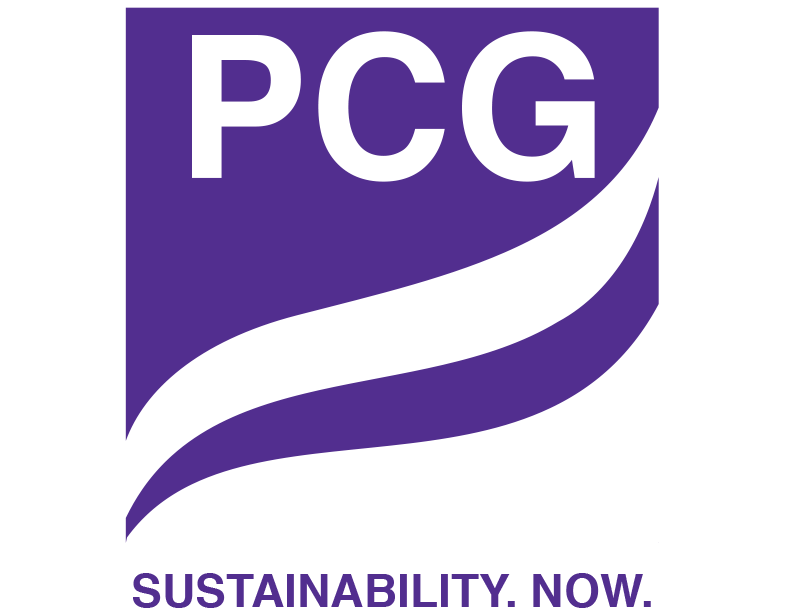
Services
